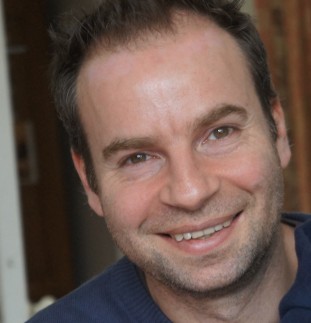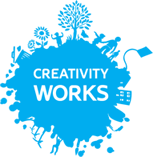News
Director’s Blog

With new Artists Training and Development Manager Sarah Gilmartin now in place and up to speed, we have been developing our co|Create programme and its’ contents over the next 6 months. We want to continue to offer a broad array of training and networking events, creative conversations and debates and, importantly a much more comprehensive set of resources for socially engaged artists.
We will be announcing this programme very soon and will include a further Creative Facilitation workshop, some Creative Practice Xchange sessions, learning from experienced artists working in the field of social practice, a Creative Conversation or two and networking events that are focused around visiting a cultural exhibition or event, just as we visited ‘Hug’ at The Egg this week. We will also have two co|Create sessions based on our work with Elders and the first in a new programme of training specifically in Creativity and Mental Health.
We are always very keen to hear from artists who have ideas for particular support, training or development needs, so do get in touch with Sarah or myself and look out for the new programme coming shortly.
To complement our co|Create programme, we’re very much looking forward to hosting a new What Next? Chapter for the Bath and North East Somerset area on Friday 16th. It’s a movement I have been watching from afar and am very pleased we are able to start one up here. The focus for this first meeting is Engagement. A huge topic I know, but one that is central to our work and one that is constantly being re-evaluated by arts organisations as well as social, civic and health organisations alike.
Cultural engagement has, I believe, become more of a political tool or mouthpiece since we have been talking about it in terms of health, wellbeing, social value and such like. Consequently, there are a plethora of studies and resources worldwide that usually, although of course I have not read them all, come to the same conclusion. Cultural engagement is good for us! Well, those of us who have worked in the arts and indeed those of us who have engaged in the arts all our lives have known this for a very long time. In fact early man knew this when he/she was painting beautiful pictures on cave walls. The task now, however, seems to be to quantify it and qualify it. And here is my dilemma: it is important to understand and to explore engagement. Tick. However, can the purity of the experience, the unknown quality of cultural experience, the unique individual or collective experience really be researched to the Nth degree and spat out in terms of data, reports and recommendations? I wonder if the mercurial nature of the artistic experience is the reason we have to constantly reiterate its definition, value and place in our society.
In Measuring Cultural Participation (2009 UNESCO Framework for Cultural Statistics handbook No.2) I am drawn to the very first question asked in this report, ‘Why measure cultural participation?’ The quote used to precis the answer to this question is taken from Annamari Laaksonen’s very interesting 2010 report, Making Culture Accessible’ and reads:
“As we know, culture is not a static fact but a living organism and therefore our ways of participating also go through changes. What we probably all agree on is that we should be given the opportunity to have access, we should be able to choose whether or not to participate, and that all this should have a regulatory basis that ensures this in any given circumstances and to everyone. Public policies, especially cultural policies, should reflect and contribute to the construction of an enabling environment where rights to access and participation in cultural life are covered.”
This is a statement I tend to agree with and I am looking forward to hearing other views on engagement at our What Next? Chapter. I will report back next time!
Olly
(Director, Creativity Works)
